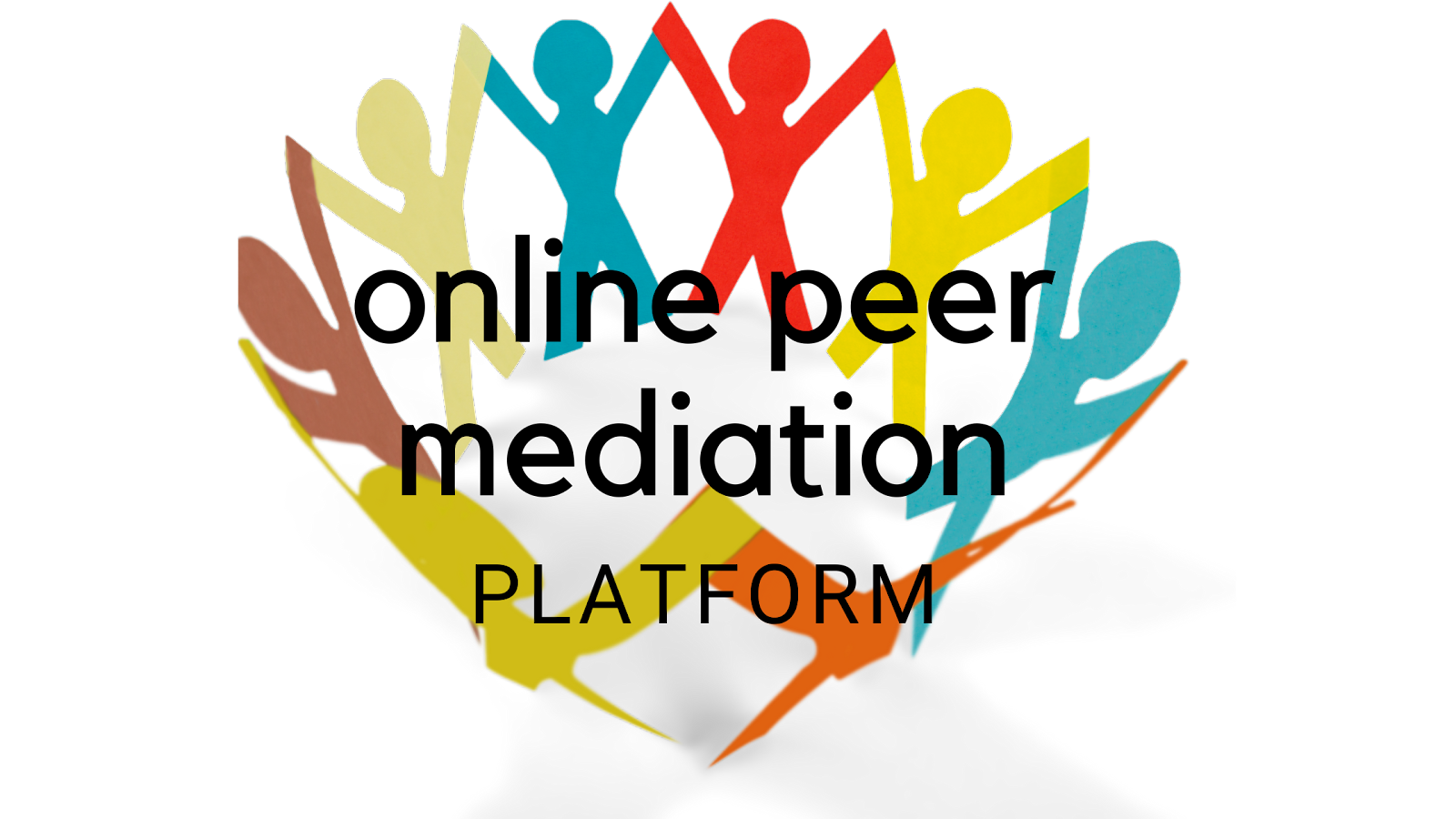This is the fourth article in the Trauma Informed series written by Darby Munroe, Ph.D. student from Nova Southeastern University.
So
far, we have talked about ACEs, how learning, behavior and school conflict are
tied to ACEs, how using a trauma informed approach can prevent and reduce ACEs
and school conflict, and how peer mediators and educators can use a trauma
informed approach. In this article, we
will discuss how peer mediation and restorative justice circles build
resiliency and reduce present and future conflict.
Resilience
is being able to quickly recover from difficulties. Students who are resilient will have less
effects of ACEs and trauma, like fear, flight, flight or freeze. Relationships and connection help build
resilience, and also help prevent and reduce school conflict. Peer mediation and restorative justice circles
are additional ways educators and schools can foster relationships between
students, connect with them, and increase their resiliency.
Peer
mediation and circles can prevent and reduce conflict
Traditional
school behavioral and disciplinary models are hierarchical, where adults are in
power (a power over model) and they try to control students through plans or
punishments adults decide on. This does
not help solve the student’s problems or address the underlying issues that
caused the student to go into fight, flight or freeze mode. Peer mediation and restorative justice circles
level the playing field, giving students power and a voice (a power with
model), and avenues for solving problems together, which can address underlying
fear issues.
In
peer mediation, youth (the peers) are trained as mediators, to be an unbiased
party that helps other students come up with solutions to a problem
together. An example for peer mediation
could be to address the situation of two students getting into a verbal
argument over a seat in the classroom.
The trained peer mediator would help them to navigate the problem, first
by identifying it, and listening to each side of the story. Why was each student interested in that
particular seat? What could potential solutions be? Students have the power to resolve
their own conflicts and come up with solutions that work for everyone involved.
If
this same situation was addressed in a classroom circle (in a classroom that
already had well established circles that met on a regular or daily basis), the
entire class would sit in a circle and be involved. The teacher, or whoever was facilitating the
circle, could ask questions for students to answer about how the fight caused
harm, and how that harm could be repaired.
Students could share how it made them feel to witness the argument. All of the students would have an opportunity
to work towards a solution.
In
both of these examples, the students have power with one another, and are
empowered to solve problems together. In
the traditional school models, if students had gotten into a verbal argument,
the teacher would have sent the students to the office for a referral, in order
to diminish the distraction happening in the classroom. The students would have been punished with a
detention or a note or call hoe to parents.
The students’ reactions could have escalated even more in the midst of
all of this, cause harsher procedures from the school. Schools can choose to teach and model
conflict resolution and problem-solving skills, or they can continue fear-based
approaches that send students into fight, flight or freeze mode.
How to practice a peer mediation session
If
schools or educators are interested in learning about, receiving training or
certification in peer mediation, they should check out the Online Peer
Mediation Platform (OPMP). There are online simulations where teachers and students can
watch videos, learn basic skills and get some practice in peer mediation. In addition to resources and trainings, OPMP
also offers regular webinars and twitter chats on peer mediation and related
conflict resolution topics.
How
to practice a circle
There
are different forms of a circle, based on the reason for the circle. Some teachers hold daily or weekly circles in
their classrooms. These are
relationships building and preventative.
Other circles could be scheduled in advance, in response to a conflict,
and may require preparation and individual work in advance. To get students used to a circle, make sure
to have a talking piece (any object students can hold when it is their turn to
talk). Start with fun questions, ice
breaker questions, and get to know you questions. As the talking piece is passed around the
room, each student gets to share if they want to. Students may find that have more in common
with each other than they could have imagined!
A
great place to start for introduction to circles is the River Phoenix Center for Peacebuilding.
They offer virtual circles (watch for these on social media, like
Facebook), as well as trainings, retreats and conferences. The International Institute for
Restorative Practices
(IIRP) is also a leader in the field when it comes to trainings and
certifications.



Comments
Post a Comment